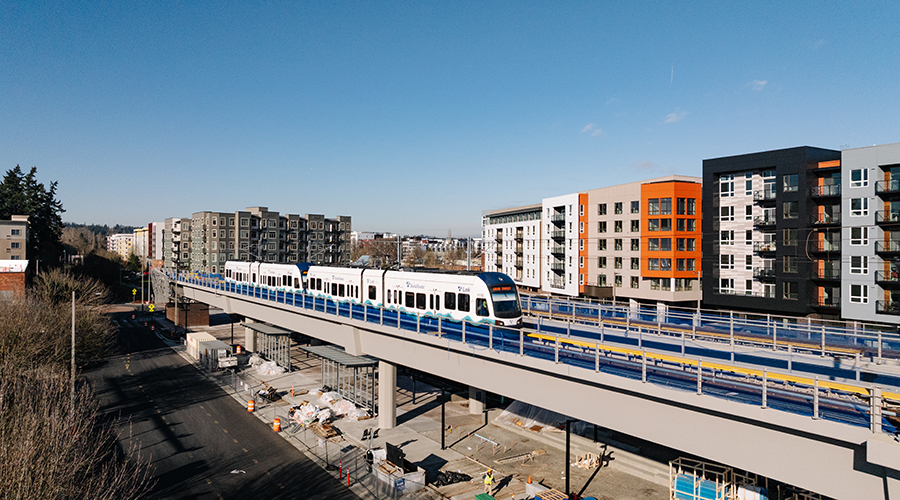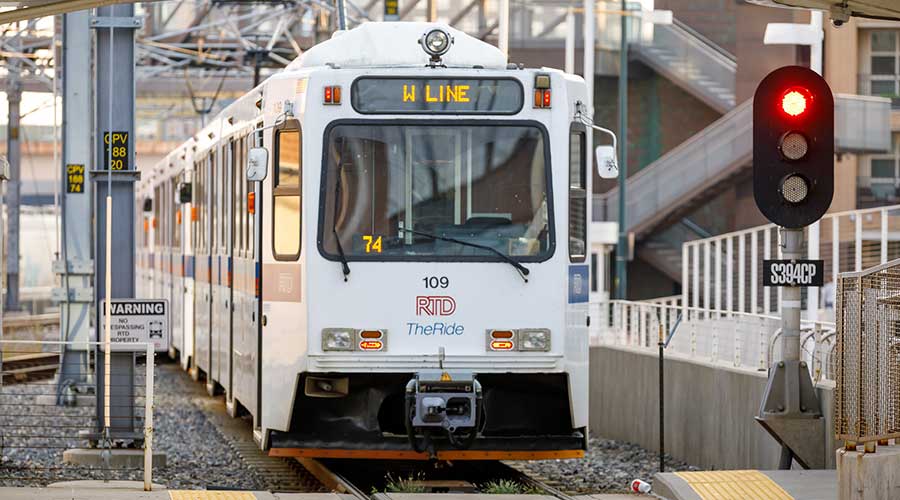Stay updated on news, articles and information for the rail industry
5/7/2013
Rail News: Financials
Q1 report: BNSF ratcheted up revenue, ratcheted down operating ratio
Late last week, BNSF Railway Co. released a financial performance report for the first quarter that shows the Class I offset weak coal and grain traffic with strong crude oil and domestic intermodal business.
The railroad's total revenue rose 6 percent to $5.3 billion, operating income jumped 16 percent to $1.5 billion, net income climbed 14 percent to $798 million, operating ratio improved 2.7 points to 71.7 and volume increased 3 percent to 2.4 million units compared with first-quarter 2012 figures.
By business segment:
• Consumer products revenue rose 8 percent to $1.7 billion and volume increased 5 percent to 1.2 million units primarily because of higher domestic intermodal business driven by highway conversions;
• Industrial products revenue soared 18 percent to $1.4 billion and volume climbed 14 percent to 448,000 units mostly due to strong petroleum products business;
• Coal revenue dropped 3 percent to $1.2 billion and volume dipped 3 percent to 542,000 units because of utilities' focus on reducing high stockpiles; and
• Agricultural products revenue declined 4 percent to $911 million and volume fell 7 percent to 244,000 units primarily due to weak corn and soybean exports associated with the extreme U.S. drought last summer.
The report also shows that BNSF's Q1 operating expenses rose 2 percent year over year to $3.8 billion due to larger traffic volumes, inflation and higher fuel costs — the average price per gallon of diesel increased 2 percent in the quarter to $3.21. Compensation and benefits costs ratcheted up 2 percent to $1.1 billion; fuel costs also rose 2 percent to $1.1 billion; purchased services costs climbed 8 percent to $617 million; and depreciation/amortization costs increased 4 percent to $483 million.


 LRW Honors Amtrak’s Acheson As Railway Woman Of The Year
LRW Honors Amtrak’s Acheson As Railway Woman Of The Year
 From Editor-In-Chief Foran: Of Gender Equity And Inclusion
From Editor-In-Chief Foran: Of Gender Equity And Inclusion
 Spotlight On Some Of Today’s Rail Safety Products
Spotlight On Some Of Today’s Rail Safety Products
 Women of Influence in Rail eBook
Women of Influence in Rail eBook
 railPrime
railPrime







